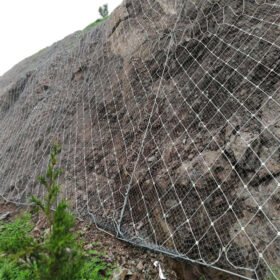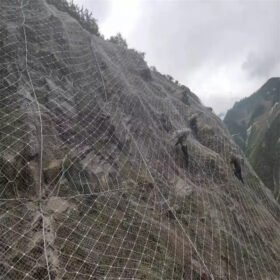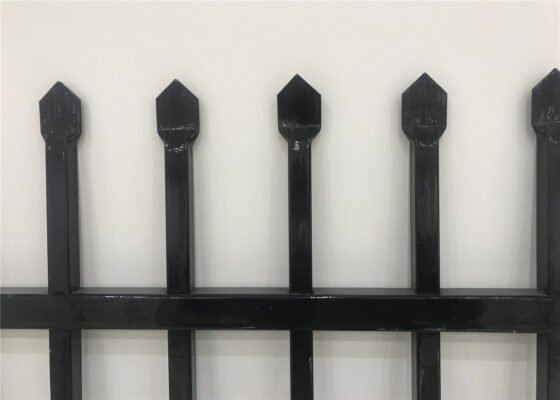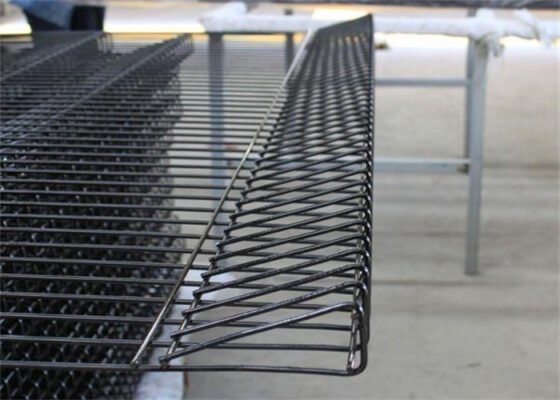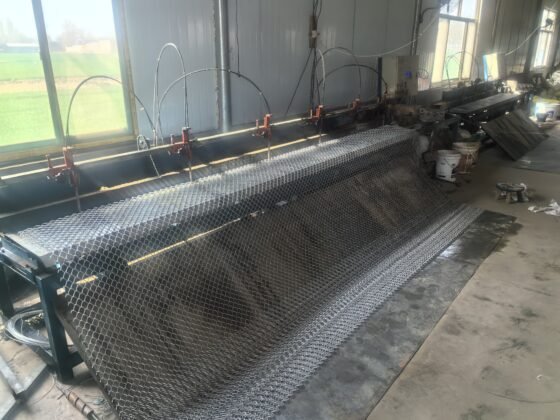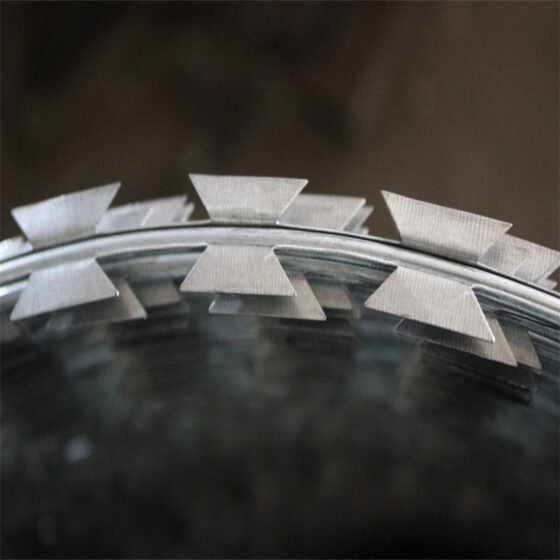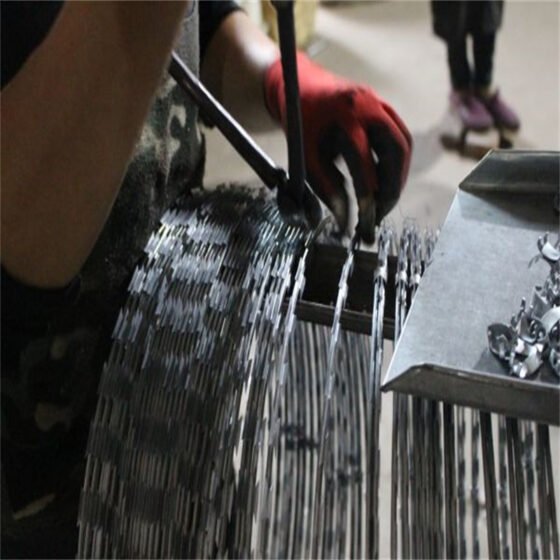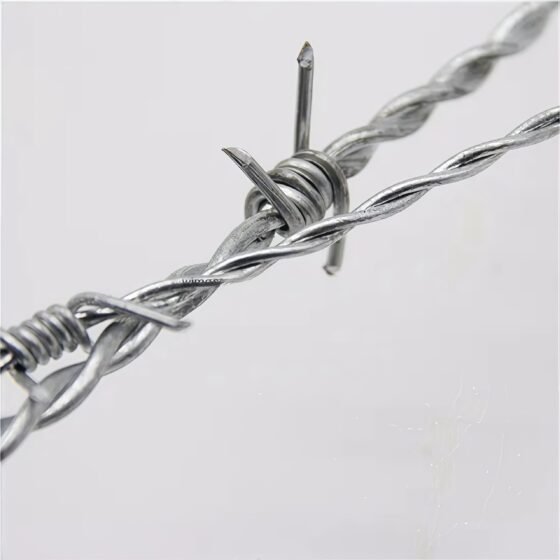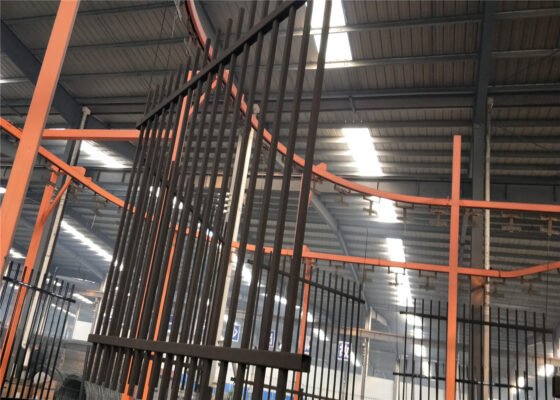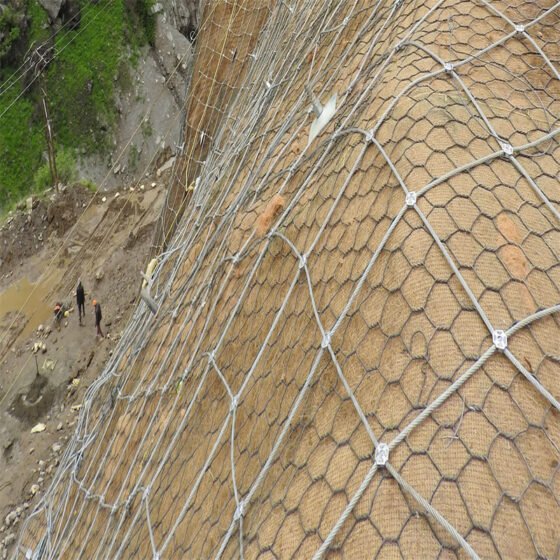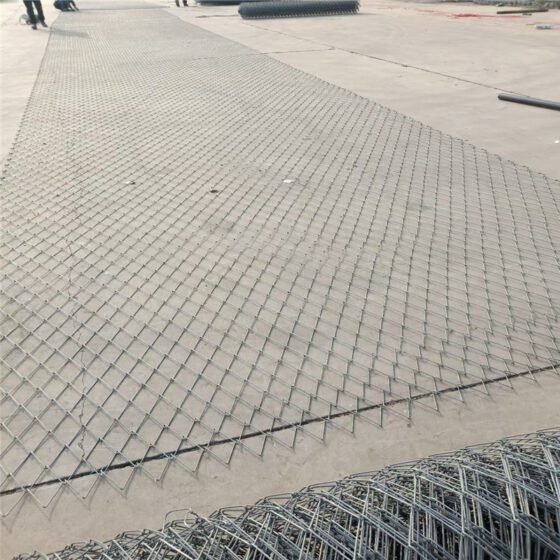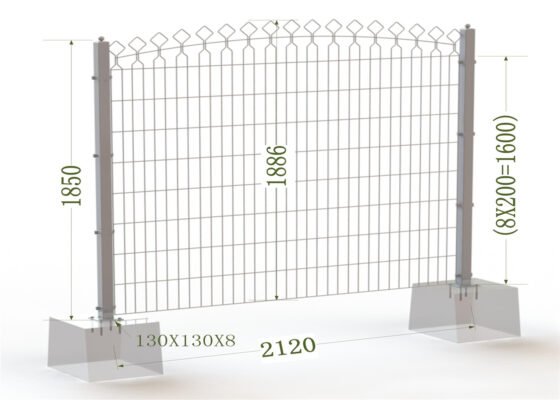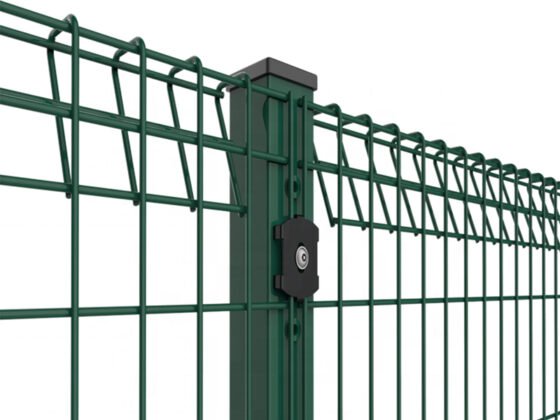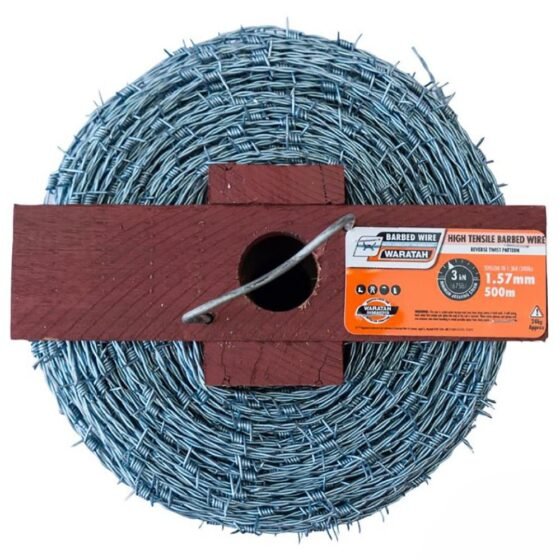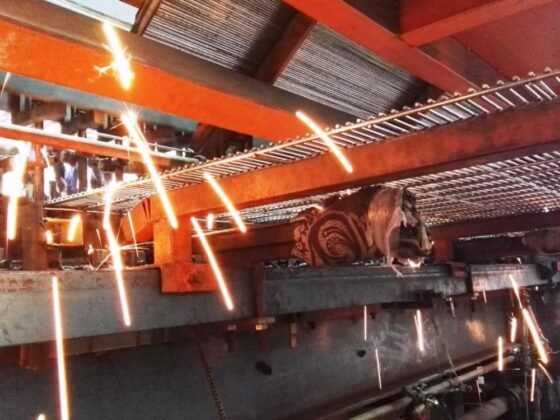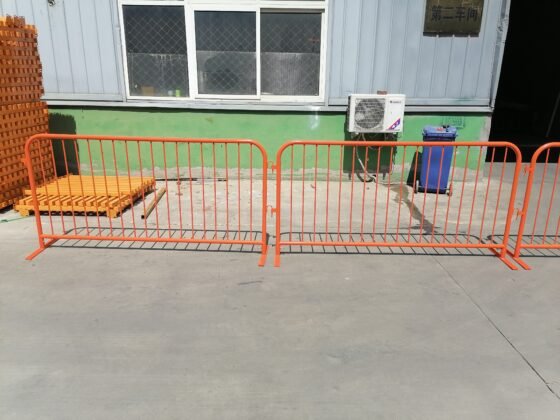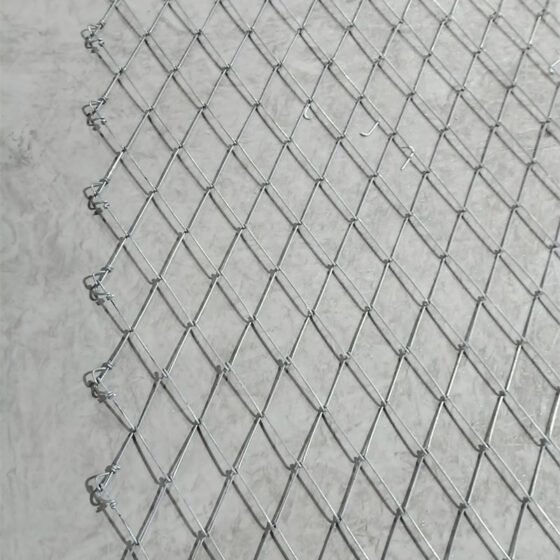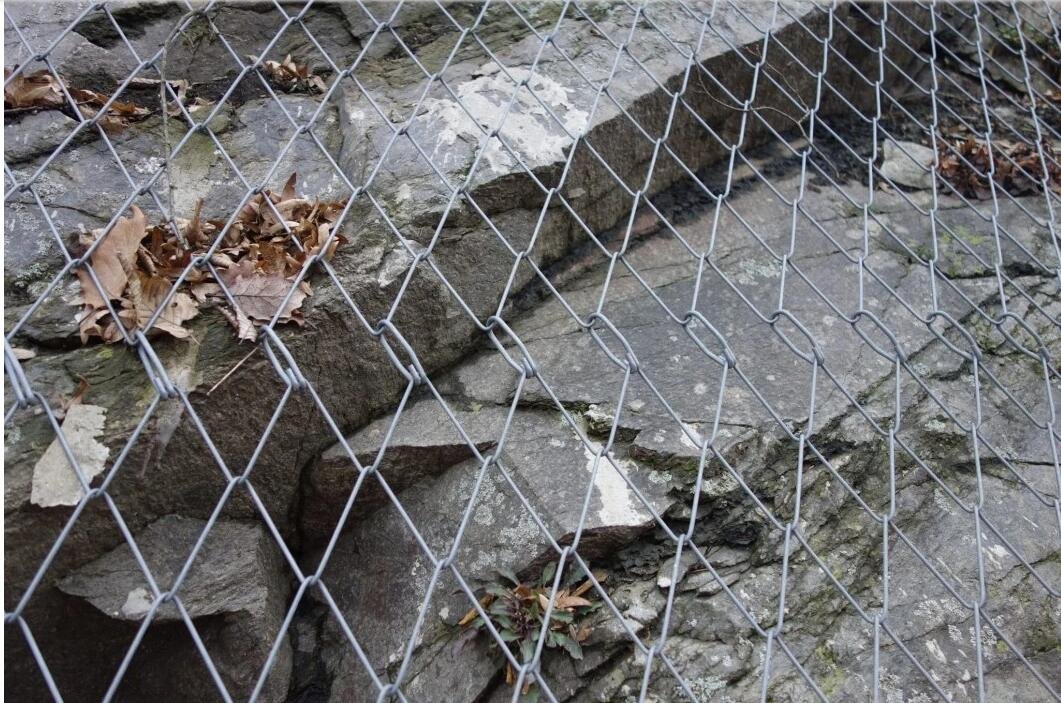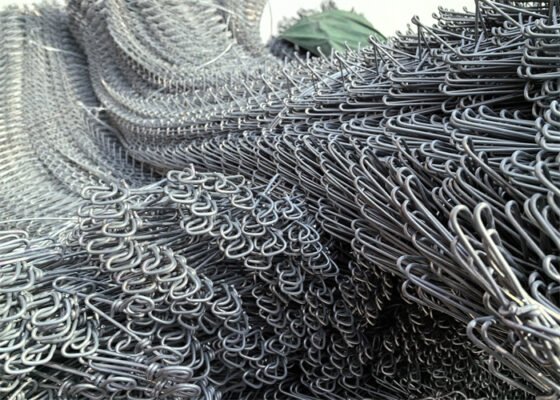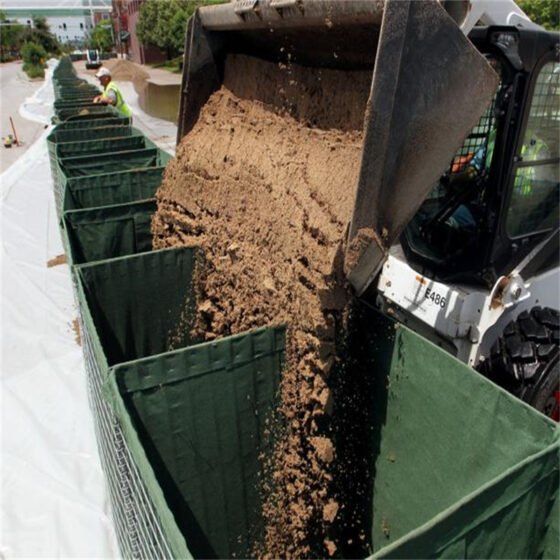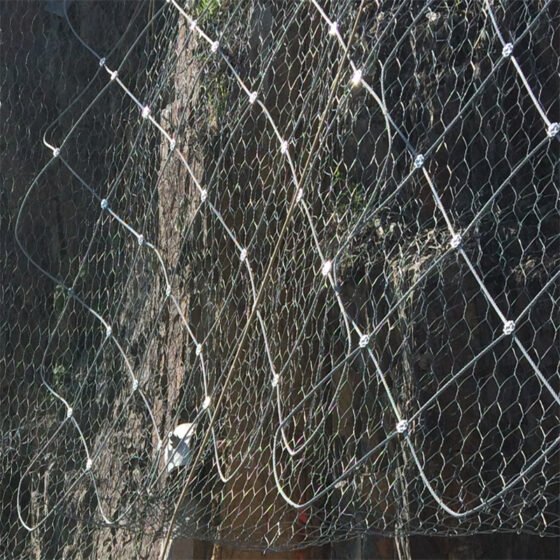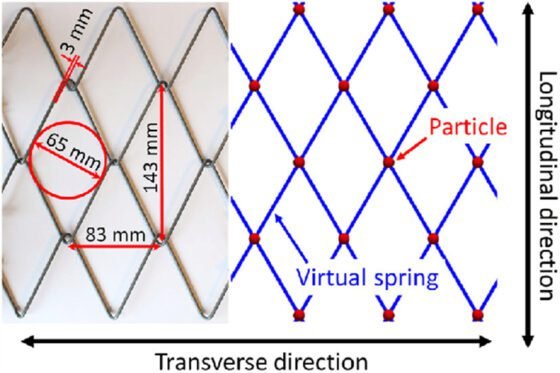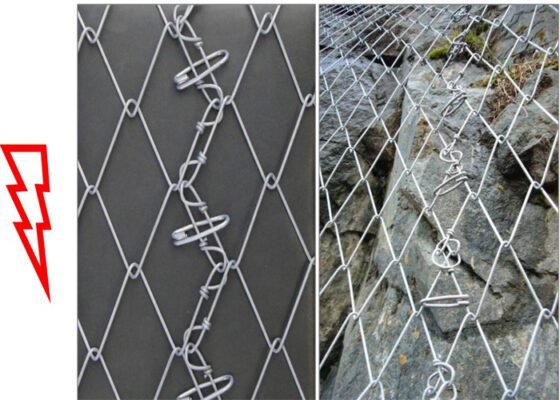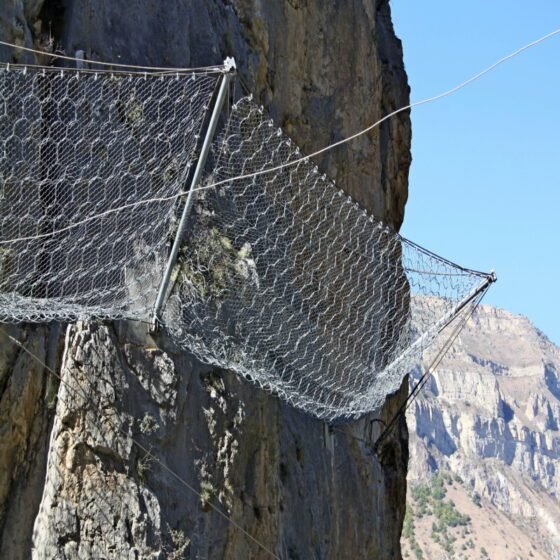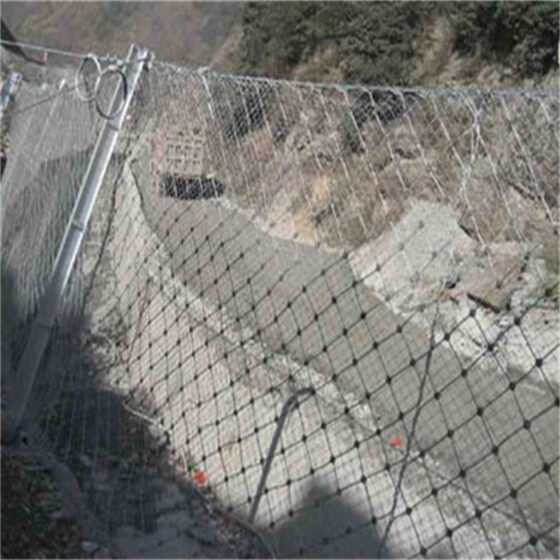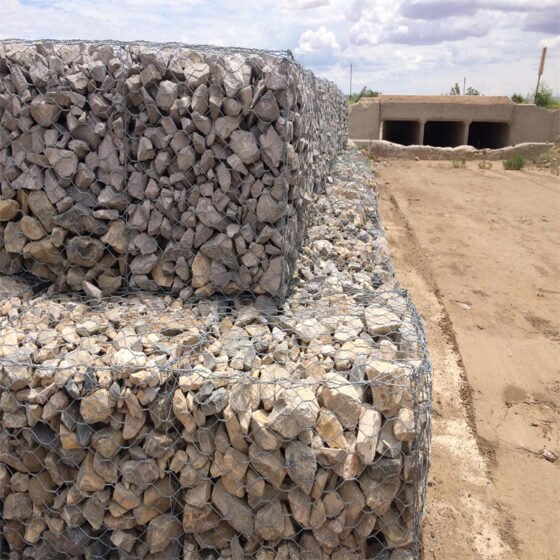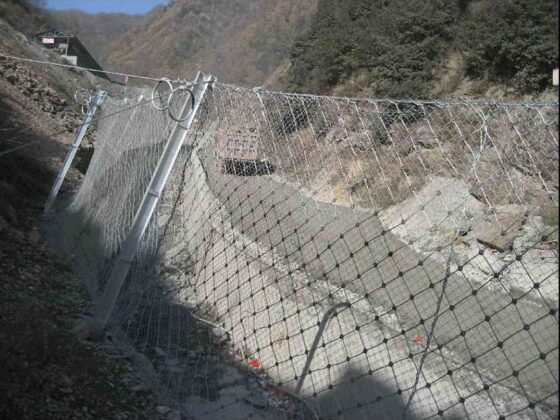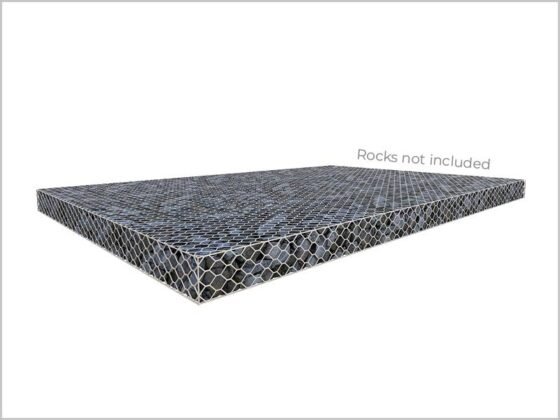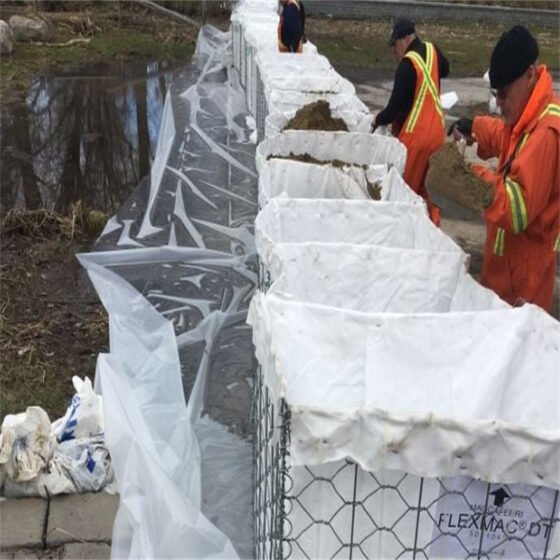The GPS1 Active Rockfall Barriers commonly protect slopes in engineering by using steel wire rope nets or steel grid nets. These flexible nets cover and wrap around slopes or dangerous rocks that need protection. Their main function is to limit weathering, peeling, or destruction of slope soil and rock and control rockfalls within a specific area.
The net type for the GPS1 Active Rockfall Barriers is DO/08/300. The design includes supporting ropes with a 16mm diameter, placed above and below. Workers sew the steel wire rope net to these supporting ropes using an 8mm steel wire rope as the sewing rope. At each intersection, they secure each piece of steel wire rope net with stainless steel buckles, alloy buckles, and other materials. This setup ensures durability and effectiveness in preventing rockfalls.
This GPS1 Active Rockfall Barriers uses high-strength hot-dip galvanized steel wire ropes and steel wire nets, and undergoes anticorrosive treatment of no less than Grade AB, with an anticorrosive life generally ranging from 30 to 50 years depending on environmental conditions. The GPS1 Active Rockfall Barriers is an early type of slope protection net system, which is relatively easy and flexible to install, and its usage has decreased significantly compared to the GPS2 active protection net.
Overall, the GPS1 Active Rockfall Barriers is an effective measure for slope reinforcement and rockfall protection, offering high durability and corrosion resistance.

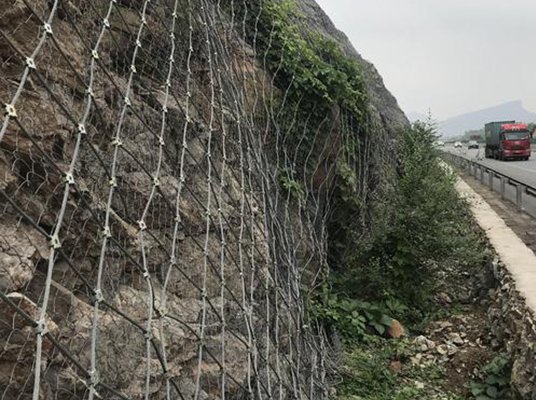
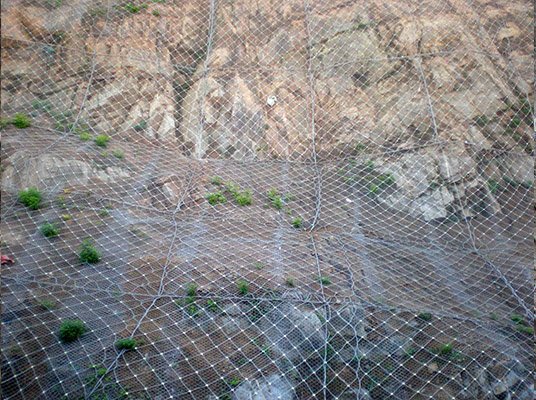
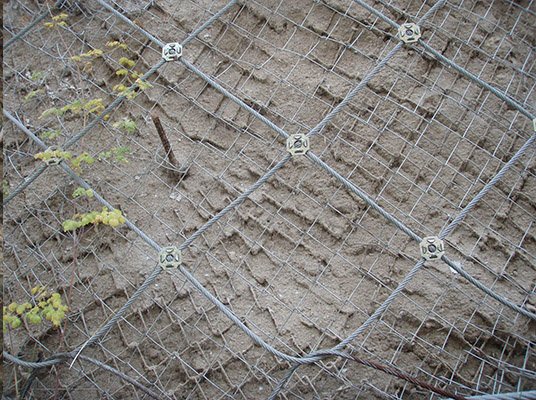
Specifications GPS1 Active Rockfall Barriers
| Description | Specification |
|---|---|
| Steel wire rope net: | |
| Wire diameter | 8 mm |
| Mesh size | 300 mm x 300 mm |
| Chain link mesh: | |
| Wire diameter | 2.2 mm |
| Hole size | 50 mm x 50 mm |
| Roll size | 2.25 m x 10.2 m |
| Margin rope diameter: | 16 mm |
| Supporting rope diameter | 12 mm |
| Wire rope anchor diameter | 16 mm |
| Structure | Double layers (chain link meshes and wire rope net) |
| Wire rope anchor length | 2 m – 3 m |
Here’s how to set up GPS1 Active Rockfall Barriers, explained in simple steps
- Clear the Area: Remove all loose soil and falling rocks from the slope protection area.
- Measure for Anchors: Start measuring from the middle at the bottom. Measure upwards and sideways to locate anchor hole positions. At each spot, dig a 20cm wide and 15cm deep pit matching the anchor loop’s depth.
- Drill Holes: Drill each hole 5 cm deeper than the anchor’s length, at least 45 mm wide. If equipment limits you, drill two smaller holes per anchor, each 35 mm wide. Arrange them in a V-shape with angles between 150 and 320 degrees for equal hold strength.
- Insert Anchors with Grout: Use strong cement mortar (M20 grade or higher) with a 1:1 to 1:1.2 lime-to-sand ratio and a 0.45 to 0.50 water-to-cement ratio. Use type 425 cement and sand finer than 3mm. Completely fill the holes with this mix and let it set for three days.
- Install Ropes: Set up ropes along the length and width, pull them tight, and secure each end to the anchor loops with two rope clips.
- Set Up the Grid Nets: Hang the grid nets from top to bottom. Ensure each net overlaps the next by at least 5cm. Sew the nets together and tie them to the ropes using 1.2 mm iron wire every meter.
- Install the Barriers: Lay the GPS1 Active Rockfall Barriers from top to bottom. Use a 33.5m long, 8 mm thick steel wire rope to sew each net to the surrounding support ropes and pre-tension it. Fix the ends of each sewing rope with two rope clips.
Difference of GPS1 and GPS 2
The GPS1 Active Rockfall Barriers is simpler than the GPS2 net and suits smaller rockfalls. It costs less than the GPS2 protection net. Below is a detailed description of the GPS1’s specifications.
The mesh type for the GPS1 net is DO/08/300. It uses 16mm diameter steel wire ropes as supporting ropes, one above and one below. Workers sew the steel wire rope net to these ropes using an 8mm sewing rope.
Each cross section of the net secures with stainless steel and alloy buckles. The net undergoes hot-dip galvanizing to ensure a long life, usually lasting 35-50 years in normal conditions.
Installing the GPS1 Active Rockfall Barriers is relatively easy and flexible. You can find specific installation steps in our slope protection net installation knowledge module.
Here are the key benefits of using GPS1 Active Rockfall Barriers:
- Cost-effective: These barriers are more affordable compared to more complex systems, making them a good choice for budget-sensitive projects.
- Easy to Install: You can set up these barriers quickly and easily. This flexibility allows for fast response to immediate safety needs.
- Durable: They are made with hot-dip galvanized steel which helps them resist corrosion. This means they can last between 35 to 50 years in typical environmental conditions.
- Flexible Use: The barriers work well on various types of slopes and can adapt to different terrain, helping to secure a wide range of areas.
Overall, GPS1 Active Rockfall Barriers provide a reliable and economical solution for managing rockfall risks and enhancing safety on slopes.
 BMP Slope Protection
BMP Slope Protection

